A sudden spike in blood pressure so high it feels like your head might explode. Sweating through your shirt for no reason. Your heart pounding like you just ran a marathon-even when you’re sitting still. These aren’t signs of stress or anxiety. They could be symptoms of something far more specific, and far more treatable: a rare adrenal tumor called pheochromocytoma.
Most people with high blood pressure have what’s called essential hypertension-no clear cause, just numbers that creep up over time. But for about 1 in every 200 people with high blood pressure, there’s a hidden culprit: a small tumor on one of their adrenal glands. This tumor isn’t cancerous in most cases, but it’s dangerous because it’s constantly flooding the body with adrenaline and noradrenaline. That’s the same stuff your body releases when you’re scared or in danger. Only here, there’s no danger. Just the tumor, firing off signals nonstop.
What Exactly Is a Pheochromocytoma?
Pheochromocytoma starts in the chromaffin cells of the adrenal medulla-the inner part of the adrenal gland, sitting right on top of each kidney. These cells normally make adrenaline and noradrenaline to help you respond to stress. But when a tumor forms, it doesn’t turn off. It keeps pumping out these hormones, no matter what.
It’s rare. Only about 0.1% to 0.6% of people with high blood pressure have it. But it’s not rare enough to ignore. About 90% of these tumors are benign, meaning they don’t spread. But the other 10% can be malignant, and even the benign ones can cause life-threatening spikes in blood pressure during surgery or even everyday activities like exercise or emotional stress.
What makes this tumor tricky is that it doesn’t always show up on routine tests. Many patients go years misdiagnosed-told they have panic attacks, migraines, or even menopause. The symptoms mimic other conditions so closely that doctors often miss it. That’s why the right tests matter more than anything else.
Why Does It Cause Such Extreme High Blood Pressure?
Essential hypertension is like a slow leak in a pipe-steady, quiet, persistent. Pheochromocytoma is like a pressure washer turned on randomly. Blood pressure doesn’t just stay high; it spikes in sudden, violent bursts. Systolic readings can jump above 180 mmHg, sometimes even hitting 240 mmHg. These episodes-called paroxysms-come out of nowhere.
They’re often triggered by:
- Physical exertion (like climbing stairs or lifting groceries)
- Emotional stress or fear
- Getting anesthesia before surgery
- Urination (if the tumor is in the bladder wall, called a paraganglioma)
The classic trio of symptoms-headache, sweating, and rapid heartbeat-happens in 85% or more of cases. You might also feel pale, nauseous, anxious, or lose weight without trying. Some people even get orthostatic hypotension-feeling dizzy when standing up-because the body’s blood pressure control system gets confused.
These aren’t just uncomfortable. They’re dangerous. A single spike can cause stroke, heart attack, or even sudden death. That’s why this tumor can’t be ignored.
How Is It Diagnosed?
There’s no blood pressure monitor that can catch this. You need specific lab tests that measure the byproducts of adrenaline and noradrenaline-metanephrines.
The gold standard is a 24-hour urine test for fractionated metanephrines. It’s 96% to 99% sensitive. That means if you have the tumor, this test will almost certainly catch it. Plasma-free metanephrines are almost as good and faster to get results from. Both tests are far more accurate than imaging alone.
Imaging-CT or MRI-comes after the blood or urine test confirms something’s wrong. That’s because many people have small adrenal nodules that are harmless. If you scan everyone with high blood pressure, you’ll find lots of false positives. But if you test the metanephrines first, you know which cases are real.
And here’s something most people don’t know: up to 40% of pheochromocytomas are hereditary. Mutations in genes like SDHB, SDHD, VHL, RET, or NF1 can cause them. That’s why every single person diagnosed with this tumor should get genetic testing. Even if no one in your family has it. Even if you’re the first. That’s how common inherited cases are.
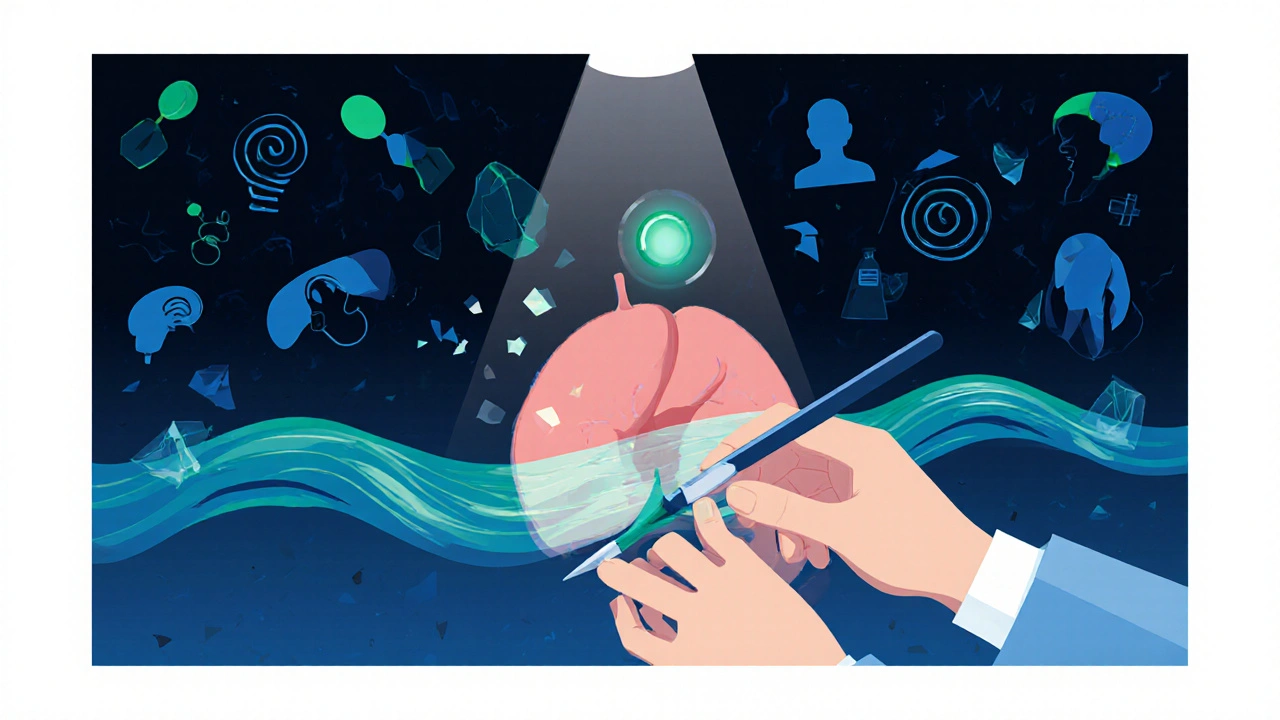
How Is It Treated? Surgery Is the Answer
This is one of the few cancers-or tumors-that can be completely cured with surgery. In 85% to 90% of cases, removing the tumor fixes the high blood pressure. No more meds. No more spikes. Just normal readings.
But you can’t just go in and cut it out. That’s where things get dangerous.
Before surgery, you need at least 7 to 14 days of alpha-blocker medication-usually phenoxybenzamine. This drug blocks the effects of adrenaline on your blood vessels. Without it, the moment the surgeon touches the tumor, it dumps all its stored hormones into your bloodstream. Blood pressure can skyrocket. Heart rhythm can go haywire. Mortality risk jumps to 30% to 50%.
You also need to drink a lot of fluids and eat extra salt. Why? Because the tumor’s constant vasoconstriction shrinks your blood volume. You’re essentially dehydrated from the inside. Replenishing fluids helps your body handle the sudden drop in hormones after surgery.
The surgery itself is usually done laparoscopically-small cuts, camera, instruments. Most people go home in 1 to 2 days. Recovery is fast: 85% are back to work in two weeks. But if both adrenal glands are removed (which happens in about 10% of cases), you’ll need lifelong steroid replacement: hydrocortisone and fludrocortisone. Your body won’t make its own cortisol anymore.
What Happens After Surgery?
Most people feel better almost immediately. Blood pressure drops. Headaches vanish. The panic attacks stop. One patient on a support forum said his blood pressure normalized within 48 hours. He was off all meds in three weeks.
But not everyone has a smooth ride. Some develop adrenal insufficiency after surgery-even if only one gland was removed. Fatigue, dizziness, nausea, low blood pressure-these can last for months. About 12% of patients report chronic fatigue for over six months. It’s not well understood why, but it’s real.
For those with malignant tumors or metastatic disease, the outlook is harder. Five-year survival drops to 50%. But new treatments are emerging. Peptide receptor radionuclide therapy (PRRT) using 177Lu-DOTATATE is showing response rates of 65% in advanced cases. And drugs like Belzutifan, originally developed for kidney cancer in VHL patients, are now being tested for pheochromocytoma.
Why So Many People Are Misdiagnosed
Primary care doctors see maybe one or two cases in their entire career. Most haven’t seen one. So when a 35-year-old comes in with pounding heart, sweating, and anxiety, the default assumption is panic disorder. Or migraines. Or perimenopause.
One woman spent four years and saw seven doctors before her blood pressure hit 240/130 during an ER visit. They thought it was a panic attack. She was finally diagnosed when her metanephrine levels came back 10 times above normal.
Support groups report that 68% of patients were misdiagnosed. Over 40% were treated for anxiety. That’s not just a mistake-it’s a delay that puts lives at risk.
If you have unexplained episodes of high blood pressure, headaches, sweating, and palpitations, especially if they come in waves, ask for metanephrine testing. Don’t wait. Don’t assume it’s stress. It might be something that can be fixed-with surgery, and with no lifelong medication.
What to Do Next
If you suspect you might have pheochromocytoma:
- Track your symptoms. Note when they happen, how long they last, and what triggers them.
- Ask your doctor for plasma-free metanephrines or a 24-hour urine metanephrine test. Don’t accept a general blood pressure check as enough.
- If the test is positive, see an endocrinologist and an endocrine surgeon. This isn’t a general surgery case-it needs specialists.
- Get genetic testing. Even if you have no family history.
- If surgery is planned, make sure you’re on alpha-blockers for at least 7 days before. Ask your doctor to confirm the dosage and timing.
There’s no reason to live with these symptoms. This tumor is rare, but it’s not mysterious. It’s diagnosable. It’s treatable. And for most people, it’s curable.
Can pheochromocytoma be cured without surgery?
No. Surgery is the only cure for pheochromocytoma. Medications like alpha-blockers can control symptoms and prevent dangerous spikes, but they don’t remove the tumor. Without removing it, the hormone overproduction continues, and the risk of sudden cardiovascular events remains high. Even in cases where surgery isn’t possible due to metastasis, drugs are used to manage symptoms-not cure the disease.
Is pheochromocytoma always cancerous?
No. About 90% of pheochromocytomas are benign. The remaining 10% have malignant potential, meaning they can spread to other organs like the liver, lungs, or bones. But even malignant cases don’t always behave aggressively. The only way to confirm malignancy is if the tumor spreads beyond the adrenal gland-since there’s no reliable way to tell just by looking at the tumor under a microscope.
Can pheochromocytoma come back after surgery?
Yes, but it’s uncommon. For benign tumors removed completely, recurrence is less than 5% over 10 years. However, if the tumor was hereditary, especially with an SDHB mutation, the risk of new tumors forming elsewhere (like in the abdomen or chest) increases. That’s why lifelong monitoring with periodic blood tests and imaging is recommended for all patients, especially those with genetic mutations.
Why do I need to eat more salt before surgery?
The tumor causes chronic constriction of your blood vessels, which reduces your total blood volume by 20% to 30%. If you go into surgery with low blood volume, removing the tumor can cause your blood pressure to crash dangerously. Eating extra salt and drinking plenty of fluids helps expand your blood volume so your body can handle the sudden drop in adrenaline after the tumor is removed.
What if I’m pregnant and have pheochromocytoma?
Pregnancy with pheochromocytoma is high-risk for both mother and baby, with up to 50% mortality if untreated. If diagnosed in the first or second trimester, surgery is usually recommended between weeks 12 and 24. Alpha-blockers like phenoxybenzamine are safe during pregnancy. Delivery should be planned via C-section with careful blood pressure control. Delaying treatment increases the risk of maternal stroke, heart failure, and fetal loss.
Can stress or caffeine trigger a pheochromocytoma crisis?
Yes. Caffeine, strong emotions, physical exertion, and even certain medications (like decongestants or antidepressants) can trigger a massive release of catecholamines from the tumor. That’s why patients are advised to avoid coffee, energy drinks, decongestants, and stimulants. Even intense laughter or argument can set off a crisis. Once diagnosed, avoiding these triggers is part of daily management until surgery.

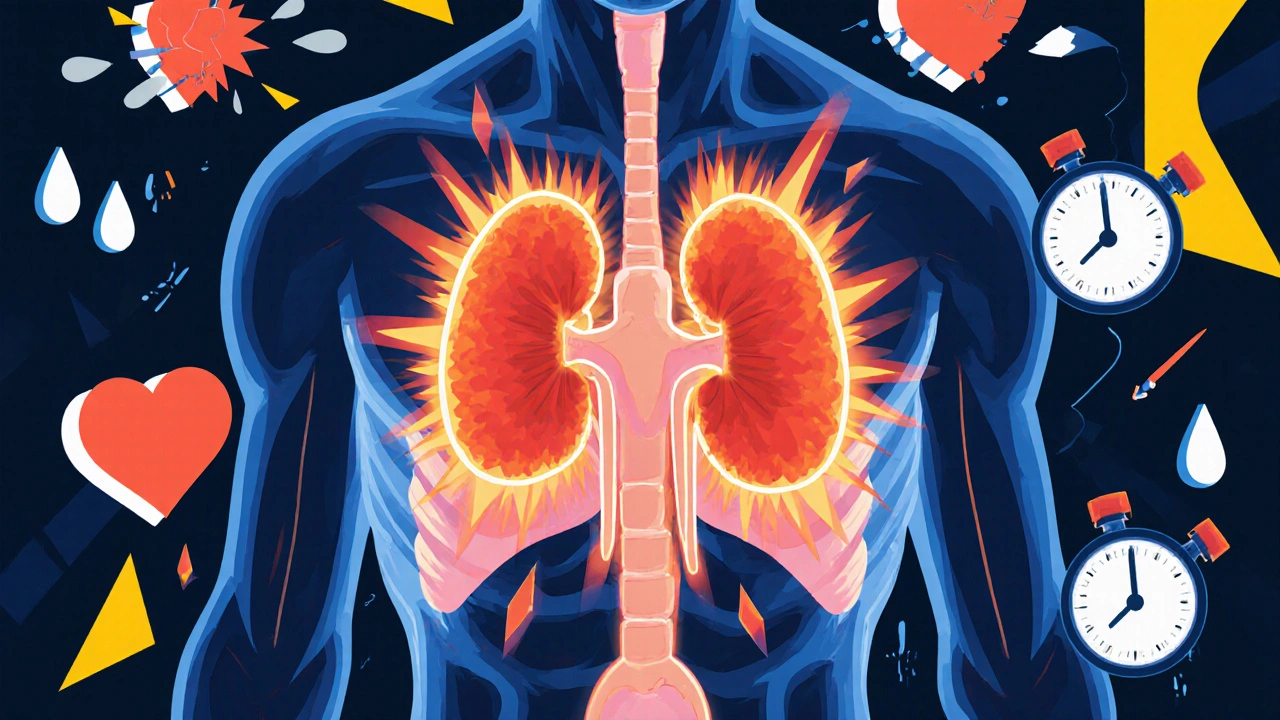

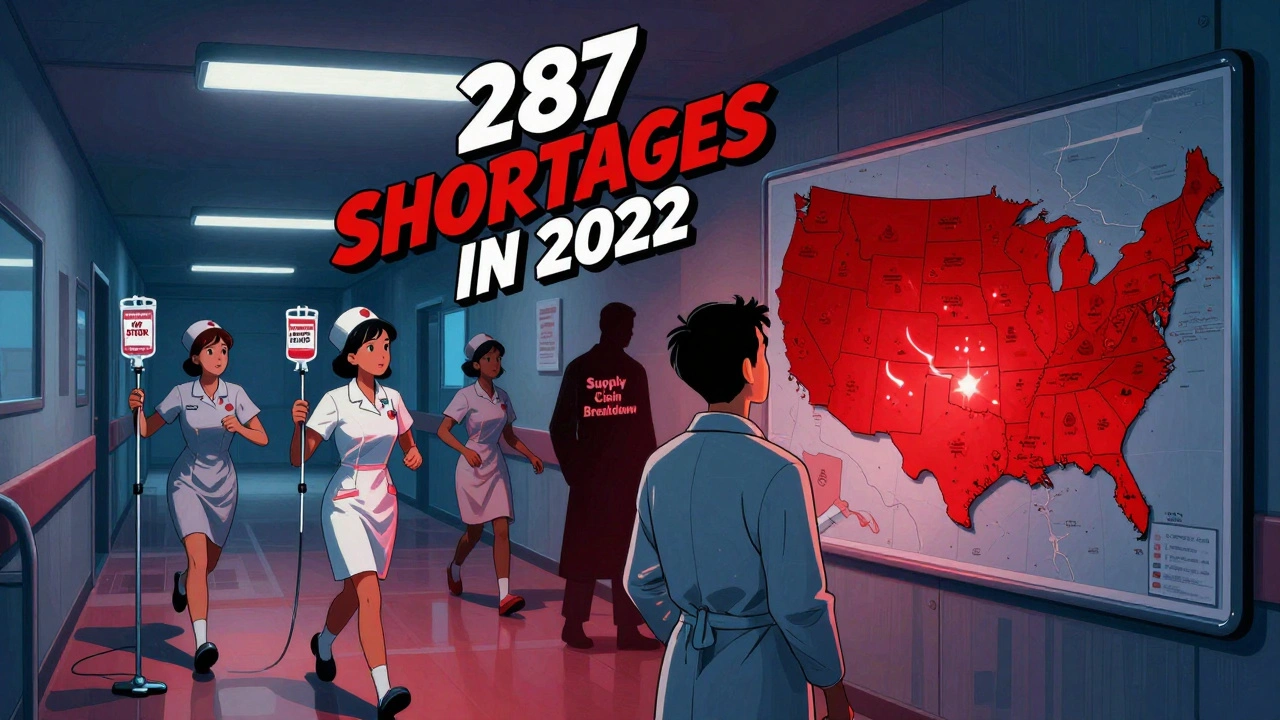
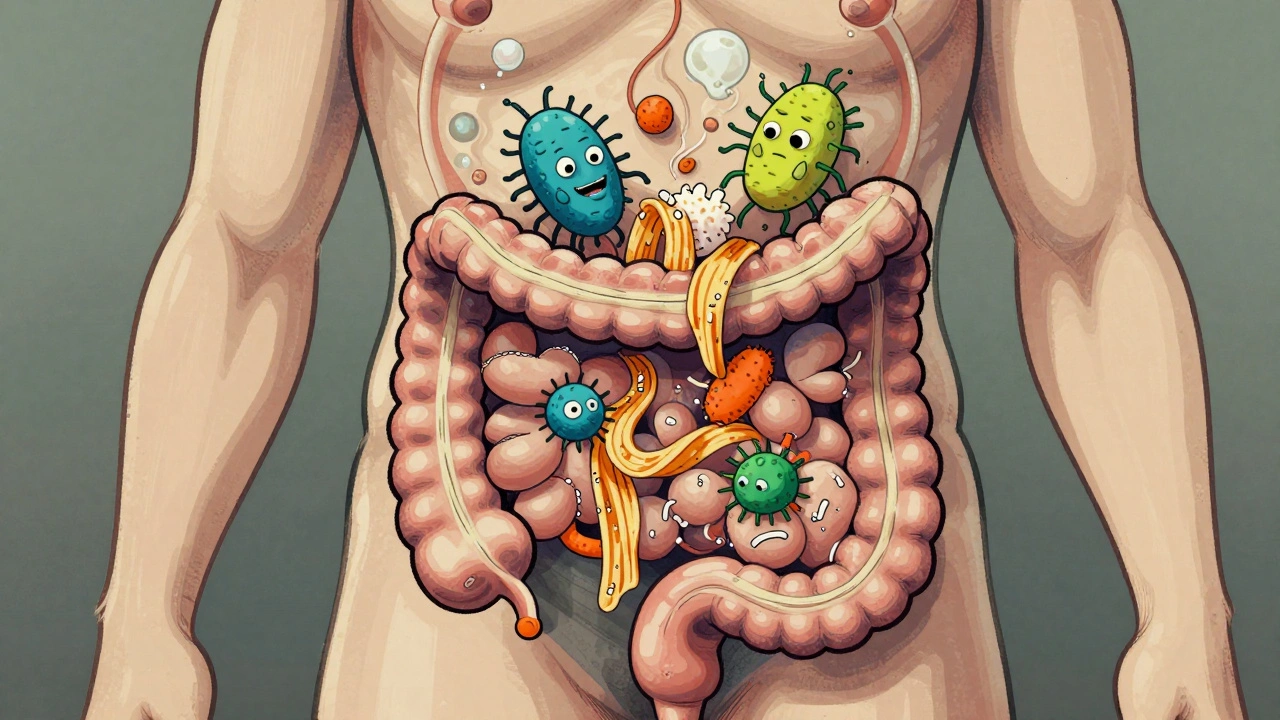

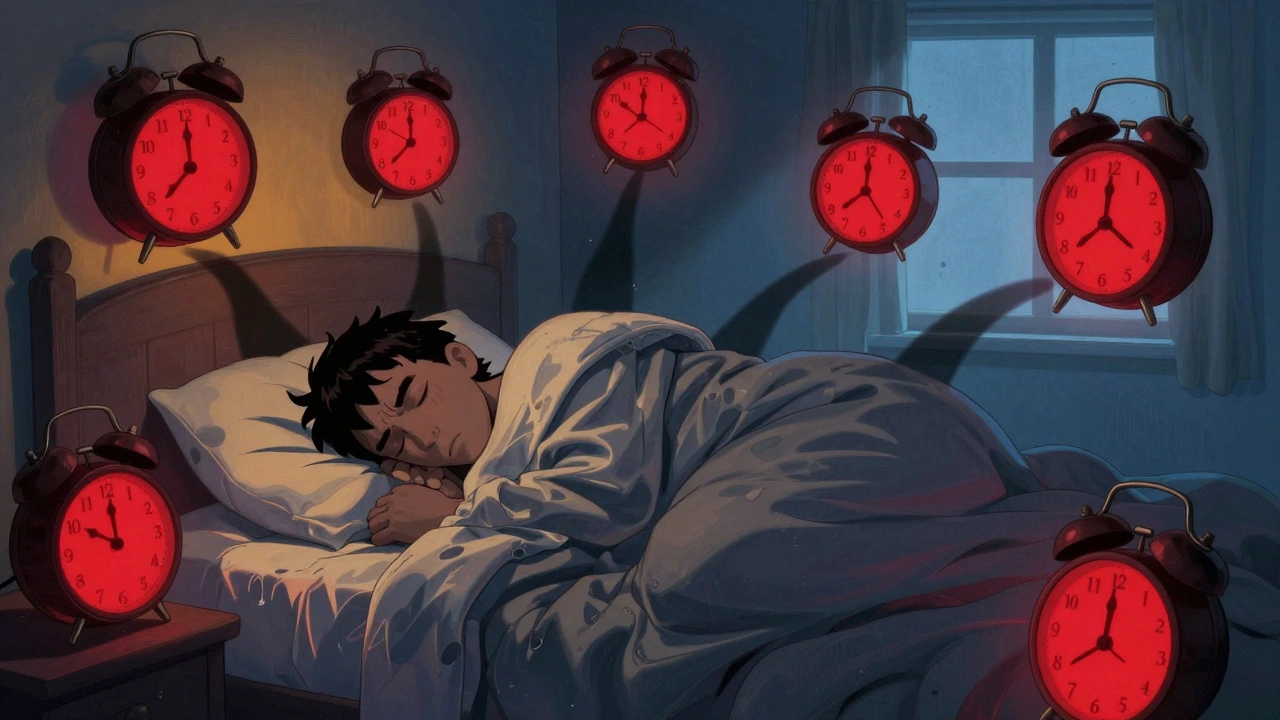
Sharley Agarwal
November 23, 2025 AT 03:34This is why people die from 'anxiety'-they’re just being ignored until it’s too late.
Stop normalizing panic attacks. Get tested.
Srikanth BH
November 25, 2025 AT 03:33I know someone who went through this-four years of being told it’s stress, then boom, metanephrines hit 12x normal.
She’s off all meds now. Just had her first coffee in five years last week. Life changed.
Don’t wait. Get the test. It’s simple. It’s life-saving.
Kimberley Chronicle
November 26, 2025 AT 16:02The diagnostic paradigm here is a textbook example of how clinical inertia perpetuates misdiagnosis in endocrine pathology.
Metanephrine assays are not just sensitive-they’re specific to chromaffin cell dysfunction, making them superior to imaging-based screening in low-prevalence populations.
Furthermore, the hereditary component underscores the necessity of germline genetic profiling as a standard of care, not an afterthought.
SDHB mutations, in particular, correlate with extra-adrenal paragangliomas and higher metastatic potential, necessitating lifelong surveillance protocols.
It’s not just about surgery-it’s about systems-level integration of biochemical, radiological, and genomic diagnostics.
Emily Craig
November 28, 2025 AT 00:32So let me get this straight-you’re telling me my 'panic attacks' were actually my body screaming because some tiny tumor was doing a rave in my adrenal gland?
And I took Xanax for 3 years??
Someone please send me the surgeon’s number before I die of embarrassment.
Also I just chugged 3 espressos and my heart feels like it’s trying to escape my chest… I’m gonna go lie down
Leisha Haynes
November 29, 2025 AT 02:10My mom had this and they didn’t catch it until she almost had a stroke during a yoga class
She thought she was just getting old
Turns out her body was being hijacked by a hormone bomb
Why isn’t this in every primary care checklist?
Also why do we still treat symptoms instead of looking for the root cause like it’s 1998
Andrew McAfee
November 30, 2025 AT 18:59Back home in Nigeria, people still think high blood pressure means you eat too much salt and need to pray more
But this? This is science you can’t argue with
Test for metanephrines. Don’t just shrug and hand out lisinopril
It’s not about religion, it’s about biology
And biology doesn’t care if you believe in it
Timothy Sadleir
December 1, 2025 AT 22:35It is not merely coincidental that the pharmaceutical industry has no vested interest in promoting diagnostic testing for pheochromocytoma, as such testing obviates the need for lifelong pharmacological intervention.
Moreover, the near-total absence of public awareness campaigns regarding this condition suggests a systemic suppression of information, likely driven by economic incentives embedded within the healthcare industrial complex.
One must question why a condition with a 90% cure rate via surgical intervention remains obscure to the general populace.
It is not ignorance-it is intentional obfuscation.
Jennifer Griffith
December 2, 2025 AT 17:51ok but like… how do you even get tested for this??
do you just walk into urgent care and say 'hey im pretty sure i have a secret adrenal bomb'
and they just go oh right yeah here’s the test
or do you have to beg for 6 months like me
also i think i had this but i got better after i stopped drinking coffee
so maybe i just needed less caffeine idk
Roscoe Howard
December 2, 2025 AT 20:26It is a national disgrace that American medicine continues to prioritize profit over precision.
Why are we not mandating metanephrine screening for all patients over 30 with unexplained hypertension?
Why are we allowing primary care physicians to misdiagnose life-threatening conditions as 'anxiety' while billing for antidepressants?
Our healthcare system is not broken-it was designed this way.
And until we dismantle the insurance-driven model, people will keep dying from tumors that should have been found in five minutes.
Dolapo Eniola
December 2, 2025 AT 23:33Bro this is why we need to stop treating symptoms and start treating the TRUTH 😤
My cousin had this and they gave her Xanax for 2 years 😭
Now she’s fine after surgery and she don’t even drink coffee anymore 🤓
God is good but science is better 🙏🏽
PS: if you feel your heart trying to leave your body… get tested. No cap.